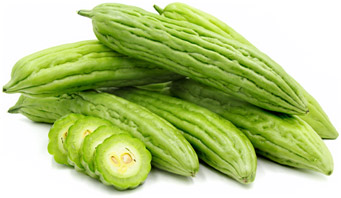
Searching for that new nitch in your holistic medicine belt? Something with historic and scientific backing? Ayurveda is Sanskrit and is the combination of Life (Ayur) and Science (Veda). Ayurveda has a Trilogy of books known as “The Great Trilogy.” The series of books individually are called Caraka Samhita, Sushruta Samhita, and Astanga Hridaya. These texts are said to have been written more than 2,000 years ago in Sanskrit, others say that it is as old as the early Indus Valley Civilization.
Although, there has been confliction with the overall benefits and the side effects, Ayurveda is said to be one of the greatest medicinal practices available. It is recommended to discuss with your doctor any remedies / practices you are attempting to assure there is no conflict with already existing treatments.
Ayurvedic practices range from massage, internal cleanses and special diets. Some Ayurvedic therapies involve the use of intricate herbal compounds, minerals and metals (Influential of early Indian Alchemy).
Some herbal medicines used in Ayurveda therapies:

Ashwagandha (Withania Somnifera): An amazing herb for anxiety and an excellent source of energy without the stimulation of the heart. This herb is also said to be a good remedy for insomnia. This occurs due to the suppression of the strenuous changes of dopamine receptors in the brain.

Bitter melon (Momordica Charantia) : A gourd plant that aids in diabetic cases by allowing an overall increase in insulin production from the pancreas. This plant is also said to reduce cardiovascular risk.

Turmeric (Curcuma longa) : Rhizomes of this plant are consumed for anti-inflammatory effects. The main active ingredients of turmeric are curcumin and curcuminoids. These components are an excellent anti-cancer preventer and promote healthy joint and brain function.
There is a vastness of therapies used within the confines of the Ayurvedic practice, along with many modalities built from it. As time has passed, the efficiency of the ancient practices have blended with the modern understanding of science. In this, there has been a removal of certain practices and the adding of certain practices. Thus, creating an equilibrium to the ancient and modern practice of Ayurveda.
More: sixdifferentways.com
Related posts: